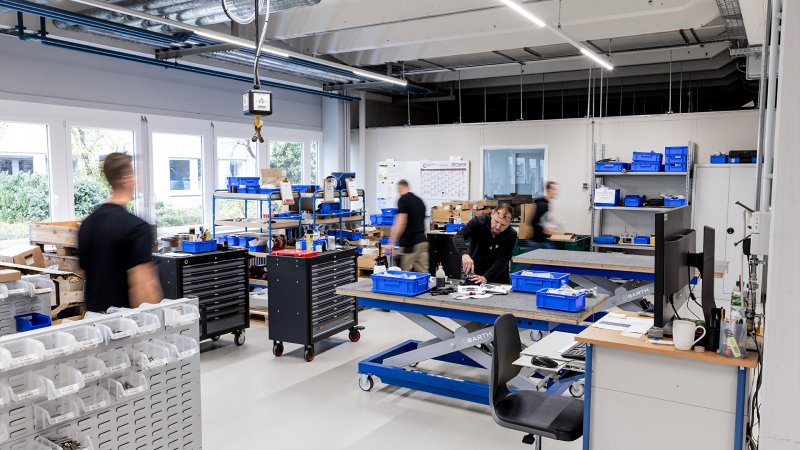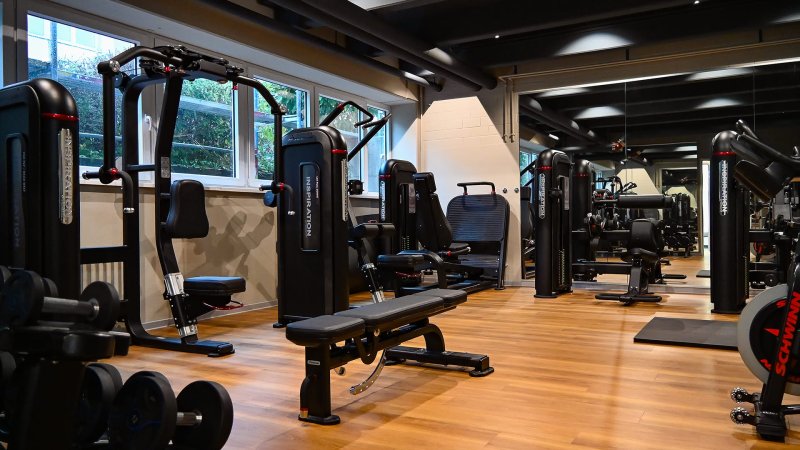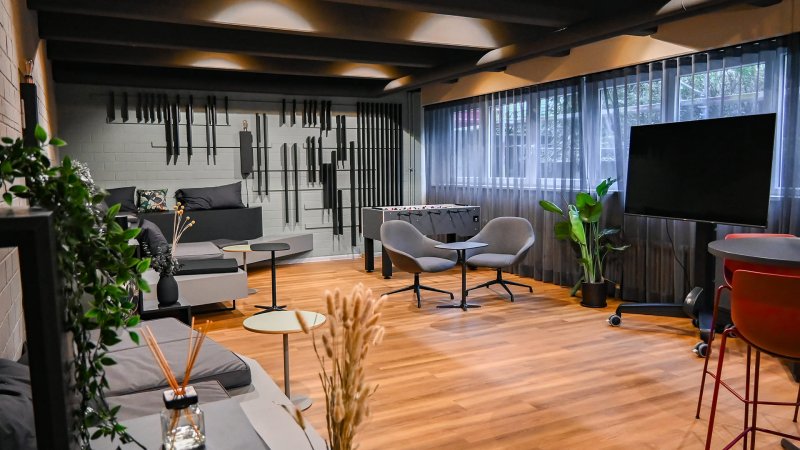Robotics specialist autonox is in the same boat as many medium-sized employers: because they are not a well-known employer brand, recruiting staff is difficult. But with special offers for their employees, they are now standing out in a positive way.
Bureaucracy, high costs, weak economy—and a shortage of skilled workers. When German companies are asked about their biggest concerns, these issues are almost always mentioned first. The shortage of skilled workers in particular has been hampering growth for years and is also making it increasingly difficult to maintain existing (performance) standards. The situation has worsened once again with the baby boomers reaching retirement age. Companies are trying to score points in the competition for talent with numerous measures. These include partnerships with universities, flexible working time models, and attractive additional benefits.
These include supplementary health insurance, accident insurance, and higher employer contributions to occupational pension schemes. Among other things, they protect employees against the risk of disability due to an accident, supplement the state pension (occupational pension scheme), or relieve them of treatment costs that are not covered by statutory health insurance. More and more companies are offering at least some of these benefits. Employees have a legal right to deferred compensation—an agreement that part of their gross salary is paid directly into a bAV. If this saves the employer social security contributions, they must transfer 15 percent of the deferred compensation to a direct insurance policy or similar. "The demand for occupational pension schemes and other solutions has risen significantly in recent years," observes Patrick Schnebelt, corporate customer advisor at R+V. Occupational pension schemes or supplementary health insurance could therefore soon become a standard offering for employees. In order to stand out as an employer, it is important to design attractive components.


OUTSTANDING SUBSIDIES
Just like the employer autonox Robotics. The approximately 70 employees of the Willstätter-based company develop and produce robot mechanics, and have been doing so with increasing success for years. To ensure that this growth can continue, high quality standards are placed on the workforce. “Our employees are our most important asset,” says HR manager Lena Kaufmann. But even for companies in southern Germany, it is not easy to attract qualified talent and then retain them in the company for as long as possible. Founded in 2002, the medium-sized company, which has only been operating under the autonox brand since 2019, has to compete with more prestigious, larger employers on the labor market. To this end, the owner of autonox is prepared to invest in additional benefits. A benefits package has been developed around the topics of health, well-being, and preventive care that relatively few employers offer at this point. This includes, for example, an in-house fitness and lounge area, the “Fitness and Relax Area,” bike leasing, and a comprehensive preventive care concept with accident and supplementary health insurance plus occupational pension plans with extremely attractive conditions. In close cooperation with R+V Insurance, autonox offers a health budget of €300 per year, a group accident insurance policy financed without any contribution from employees, and a 50 percent employer contribution to the occupational pension scheme. “The subsidies provided by autonox are well above the legal minimum requirements,” explains Patrick Schnebelt from R+V. But that's not the only reason why they are so popular with applicants and employees, even though the majority of them are still well under 40 and retirement seems a long way off. "Not even a handful of people do not take advantage of our insurance benefits; every second person uses the occupational pension scheme," says Lena Kaufmann happily. Kaufmann and Schnebelt take the time to explain the products in detail to applicants and employees.
Patrick Schnebelt, corporate customer advisor at R+V, believes: “Good communication makes the difference in that employees recognize the benefits for themselves and also understand how much the company values each individual employee.”
SUITABLE FOR THE TARGET GROUP
When companies express interest in insurance and pension components, Schnebelt first recommends a strategic analysis: What do they hope to achieve with the additional benefits, how much are they willing to spend on them, and how do the offerings fit in with the company's other measures? There is a wide range of alternatives on offer – voluntary additional salary, profit sharing, mobility subsidies, gym membership subsidies, and much more. It should be carefully calculated what the company wants to and can finance in the long term, and how flexibly the components can be adjusted in an economic downturn.
And what suits the target group: “For trainees, the topic of pensions is often very distant, so they are less interested in an occupational pension solution,” says Schnebelt. “But they are very aware of accident risks or the gaps in statutory health insurance.” Together with other benefits such as health programs, a coherent overall package can be created that can be presented to applicants in a convincing manner. If more experienced employees are to be recruited, the topic of occupational pension schemes is usually more relevant for them than for young professionals. "An attractive occupational pension scheme solution has the advantage for employers that occupational pension contracts can be standardized more easily. This reduces the amount of work involved and the legal risks if certain obligations have not been properly implemented," explains Schnebelt.
For Lena Kaufmann, the great interest shown by the workforce in the subsidy benefits shows that the employer autonox has become more attractive. "When we explain the details of our occupational pension scheme to new employees after the end of their probationary period, they are often already well informed. ‘My colleague has already told me about it,’ is what we often hear."
